The Ultimate Guide to Contactor
What is a Contactor?
Basically, a contactor is an electrical switching device. It is used for switching an electrical circuit on and off. It is a special type of relay, but there is a basic difference between the contactor and a relay. The contactor is mostly used in applications where higher current carrying capacity is involved, while the relays are used for lower current applications. Contactors are compact and can be field-mounted easily. Usually, these devices feature multiple contacts. The contacts are mostly normally open, and they provide operating power to the load whenever the contactor coil is powered. Contactors are popularly used with electric motors.
There are different types of contactors, and the various types have their own sets of features, applications, and capabilities. Contactors can take over a vast range of currents, ranging from a few to thousands of amperes, and voltage from 25VDC to thousands of volts. Furthermore, these devices come in various sizes, from small hand-held dimensions to large sizes measuring up to a meter or a yard on one side.
Contactors are most commonly used with high-current load because of their capability to handle current well over 5000 amperes and high power well over 100kW. When heavy motor currents are interrupted, they produce arcs. A contactor can be used to reduce and control these arcs.
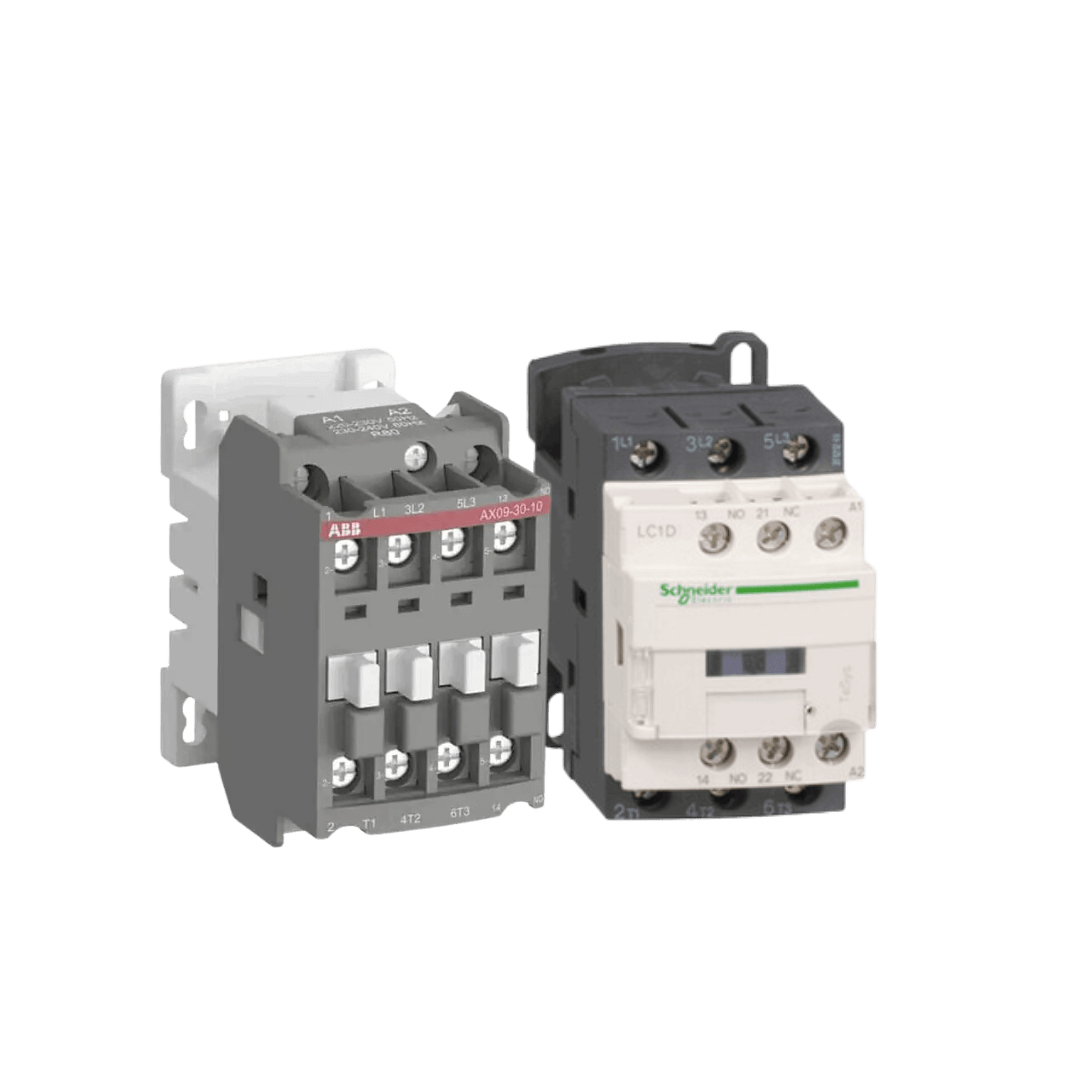

Operating Principle of a Contactor
The operating principle of the contactor is quite simple; the current flowing through the contactor energizes the electromagnet. The energized electromagnet then creates a magnetic field. This causes the core of the contactor to move the armature. The circuit is then completed between the fixed and moving contacts by a normally closed (NC) contact allowing the current to pass through the contacts to the load. When the current is stopped from passing through, the coil is de-energized and opens the circuit. The contactors contacts are able to rapidly open and close, which is why they are able to handle larger loads. Since contactors are designed to rapidly open and close contacts, moving contacts may bounce as they rapidly collide with fixed contacts. Bifurcated contacts are used in many contactors to avoid bouncing.
The current input to the contactor coil may be DC or AC (available in different voltage ranges between 12VAC or 12VDC to 690VAC or 440VDC). Small amount of power is used up by the contactor coil during its operation. To reduce the amount of power drained by the contactor coil during operation, economiser circuits are employed.
Contactors with AC coils are equipped with shading coils. Otherwise, the contactor will chatter every time the AC crosses zero. Shading coils are able to delay demagnetization of the magnetic core to avoid chattering. DC coils do not need shading as the flux produced is always constant.
Have a question?
Functions of a Contactor
When electric current pass through the contactor, it causes the electromagnet to create a strong magnetic field. This magnetic field pulls the armature into the coil, and this creates an electrical arc. Electric currents flow in through one contact and into the device in which the contactor is embedded. Therefore, the function of the contactor is to switch an electrical circuit on or off. Overloading of the circuit can be prevented by adding an thermal overload relay.
To deactivate, the contactor can be pulled out of the parent device in which it’s embedded and operating. In the absence of electric current flowing through, the spring pushes the armature, thus breaking the connection.


Types of Contactors
1. Magnetic Contactors
These are the most common types available and for good reason, as they are more efficient than the previously mentioned types. These contactors operate electromechanically and do not require human intervention. With their advanced technologies, they can be used remotely, and this makes them safer and more efficient since they will not be required to be operated manually. The magnetic contactor needs only a tiny amount of current to open and close the circuit, so it is also energy efficient.
2. Knife Blade Switch
The knife blade switch contactors were introduced in the late 1800s. It is safe to assume that they were probably the first types of contactors that were used. Their applications were mostly to control electric motors. They consisted of a metal strip that was designed to drop into contact when operational. The switch was equipped with a lever for pulling it up or pushing it down. Back then, the contactors were so big; that one had to stand next to the knife switchblade to level the switch into a closed position. However, as with old technologies, this method of switching was not efficient enough, and there were functional problems that came with it. The main problem was that it made the contacts wear out quickly. It was difficult to manually open or close the switch quickly enough to prevent arcing; as a result, the soft copper switches underwent corrosion, this process made them more vulnerable to dirt and moisture which led to rusting. As years passed and technology began to advance, larger motors were developed. The larger the motors, the more currents they require to work. But it is extremely dangerous to operate such high current carrying switches, so these types of contactors were no longer efficient. Even though the technology was continuously improving, the knife blade switches could not be fully developed due to the problems and risks of operational hazards and the short life of the contacts
3. Manual Controller
After discovering the dangers involved with the use of the knife switchblade, engineers and researchers came up with another contactor device that offered better safety and a number of features that were not available in the knife blade switch. The new design was called the Manual Controller. The new features added include:
- Encasement for the unit
- Reduced sizes, making it easier to operate
- Double-break contacts are used to replace single-break contacts.
- And lastly, the device is much safer to operate.
Among the new features added, apart from the safety feature, the next most important feature of this new design is the addition of the double break contacts. These new contacts are designed to open the circuit in two places at the same time. So even in smaller spaces, it enables you to work with more current. As the name implies, the double-break contacts break connections such that it forms two sets of contacts. The button or switch of the manual controller is attached to the controller so it cannot be operated remotely.
Once the manual controller is activated, the power circuit is engaged, and it carries the electric currents to the load. Due to its better efficiency and safety of operation, manual contactors replaced the knife blade switches, and even today; they are still being used, albeit not as much as in the 1900s.
Differences Between a Contactor and a Relay
Relays, just like contactors, are devices that are used to open or close circuits electromechanically or electronically. Relays are not just switching devices; they are primary protection as well in most control processes or equipment. All relays can be classified with one or more electrical quantities like current or voltage such that can close or open circuits or contacts.
As mentioned before, a contactor is an electromechanical switch used primarily for opening or closing electrical circuits. A contactor is usually controlled by a circuit that has a lower power level compared to the switched circuit — for instance, a 24-volt coil controlling a 240-volt motor switch.
| Differences | Contactor | Relay |
| Application |
|
|
| Load Capacity |
|
|
| Design |
|
|
| Safety Components |
|
|
| Switching Speed |
|
|
| Power Consumption |
|
|
| Size and Cost |
|
|
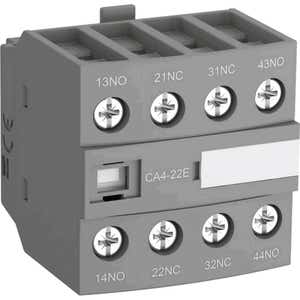
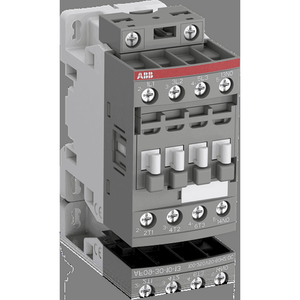

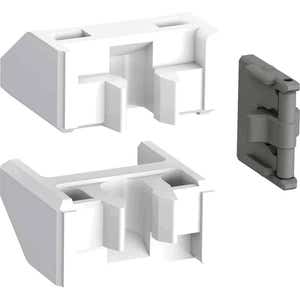











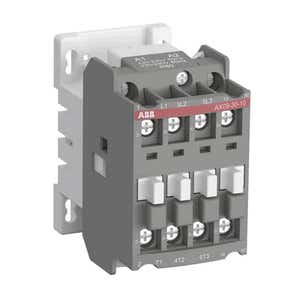










Share this article on social media